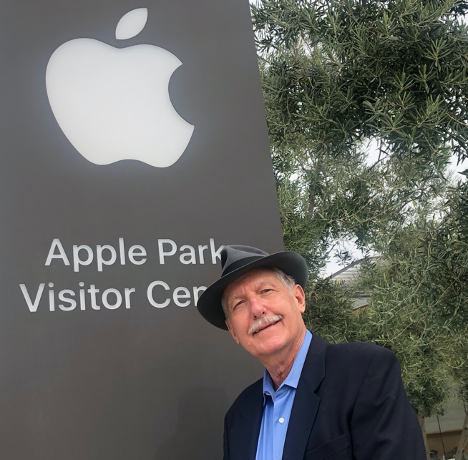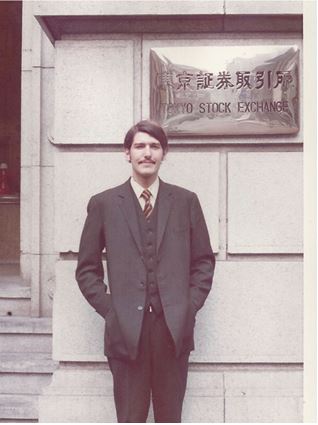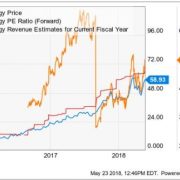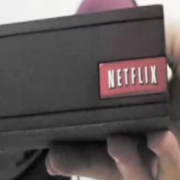Not a day goes by when someone doesn’t ask me about what to do about Apple (AAPL).
After all, it is the world's largest publicly traded company at a $2.28 trillion market capitalization. It is the planet’s second widely owned stock after Tesla. Almost everyone uses their products in some form or another.
It buys back more of its own stock than any other company on the planet. Oh yes, it is also one of Warren Buffet’s favorite picks and one of his biggest holdings, with 10% of his funds thus committed.
So, the widespread adulation is totally understandable.
Apple is a company with which I have a very long relationship. During the early 1980s, I was ordered by Morgan Stanley to take a young Steve Jobs around to the big New York institutional investors to pitch a secondary share offering for the sole reason that I was one of three people who worked for the firm who was then from California.
They thought one West Coast hippy would easily get along with another. Boy, were they wrong, me in my three-piece navy blue pinstripe suit and Gucci shoes and Steve in his battered Levi’s.
It was the worst day of my life. Steve was not a guy who palled around with anyone. He especially hated investment bankers, like me.
I last got into Apple with my personal account when the company only had four weeks of cash flow remaining and was on the verge of bankruptcy. I got in at $7, which on a split-adjusted basis today is 25 cents. I still have them, mostly to avoid the tax bill incurred from selling. In fact, my cost basis in Apple is one-third less the 92-cent annual dividend.
Today, some 200 Apple employees subscribe to the Diary of a Mad Hedge Fund Trader looking to diversify their substantial holdings. Many own Apple stock with an adjusted cost basis of under $5. Suffice it to say, they all drive really nice Priuses. And boy, do I get great technical support on Apple products.
So I get a lot of information about the firm far above and beyond the normal effluent of the media and stock analysts. That’s why Apple has become a favorite target of my Trade Alerts over the years, both on the long and short side.
And here is a great irony: Nobody would touch the stock with a ten-foot pole at the end of 2022 at $125. Since then, Apple has rallied an impressive $19, or 15.2%, not bad for the world’s largest company.
Here’s why.
Apple was all about the iPhone which then accounted for 50% of its total earnings. The TV, watch, car, iPods, iMac, and Ap store pay were all a waste of time and consumed far more coverage than they are collectively worth.
The good news is that iPhone sales are subject to a fairly predictable cycle. Apple launches a major new iPhone every other fall. The last one came out in the fall of 2022, the iPhone 14. The 16 model is due out in 18 months. The share price peaks shortly after that. The odd years see minor upgrades, not generational changes.
Just like you see a big pullback in the tide before a tsunami hits, iPhone sales are flattening out between major upgrades. This is because consumers start delaying purchases in expectation of the introduction of the new iPhones 16, with more power, a better camera, and new gadgets, and gizmos.
So during those in-between years, the stock performance was disappointing. 2022 certainly followed this script with Apple down a horrific 31.3% at the lows.
But Apple is a much bigger company this time around, and well-established cycles tend to bring in diminishing returns. It’s like watching the declining peaks of a bouncing rubber ball.
This is not your father’s Apple anymore. Services like iTunes and the new Apple+ streaming service are accounting for every larger share of the company’s profits. And guess what? Services companies command much higher multiples than boring old hardware ones. It’s the old question of linear versus exponential growth.
Here’s the next new play. Autonomous driving looks to be a huge business for Apple, possibly a $1 trillion a year business. After all, Tesla is already charging $15,000 for the street-to-street autopilot. My bet is that they don’t build their own car but sell autonomous consoles to legacy Ford (F) and General Motors (GM), who desperately need it to compete with Tesla.
An easing of trade relations with China under a new Biden administration will bring a new spring to Apple’s step, where sales have recently been in free fall. To cut costs and diversify risk, they are moving one-third of their iPhone manufacturing to India, and someday, perhaps all of it.
Their new membership lease program promises to deliver a faster upgrade cycle that will allow higher premium prices for their products. That will bring larger profits.
A decade ago, I ran into a local school teacher who after 30 years of slaving away with your brats was unable to retire because with only $100,000 saved, she was too poor to do so. All her money went to expensive California rent and to Blue Cross since her district had no health insurance plan.
I told her to place her entire life savings into Apple. Her financial advisor told her she was nuts. Her friends told her she was crazy. Her mother said she should disown me.
Where is that school teacher today? She just bought a $3 million beachfront home on Hawaii’s Kona Coast. She sold her Apple shares for $7.3 million. I know because I just received a nice Christmas card from her attached to a two-pound box of Hawaiian Host chocolate-covered macadamia nuts, my favorite.
Who said teaching didn’t pay?
It all adds up to keeping a Apple as a core to any long-term portfolio.
Just thought you’d like to know.
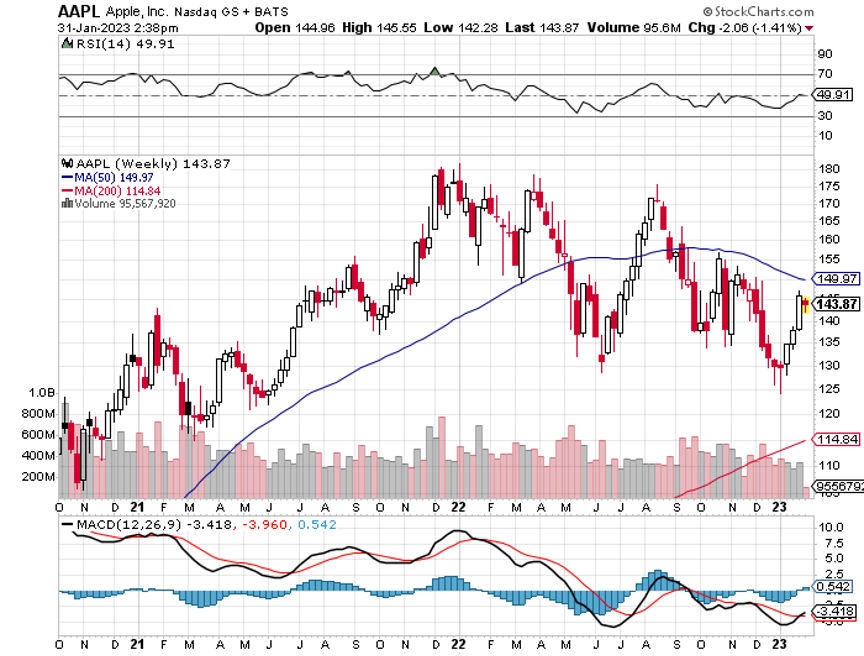
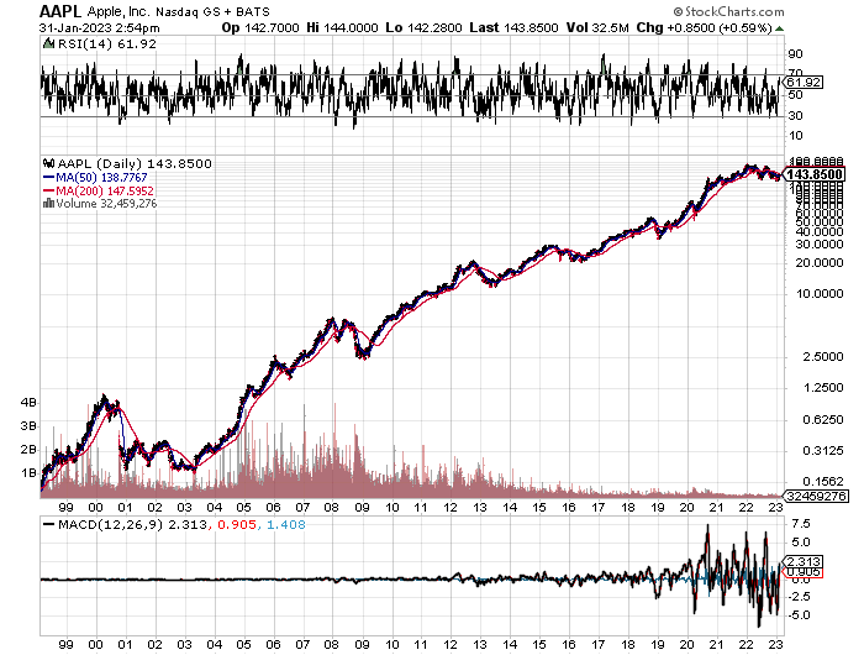

My Real Apple Dividend

I Heard They are Diversifying
